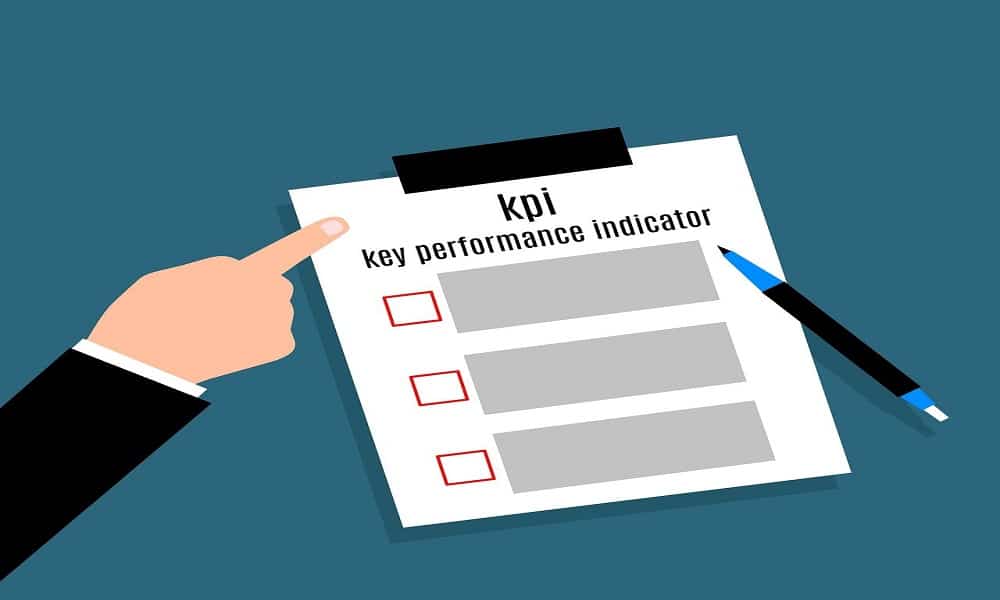Selecting the proper performance measures presents challenges and opportunities in today’s ever-changing business environment. Companies depend on clear metrics to reveal how employees contribute to common goals. Such measures highlight strengths while identifying areas that may need further development. By examining concrete performance indicators, organizations gain insight into each employee’s role without relying solely on intuition, as these evaluations form the backbone of consistent growth.
Productivity and Efficiency
Work output measured over set periods remains an essential indicator of contribution. Tracking the volume of completed tasks provides a narrative about dedication and time management. Measuring the use of resources alongside work volume helps managers understand an employee’s daily impact. The best employee assessment tools track work activity and output numbers to supply data that clarify performance evaluation. Such measurements offer a grounded view of how each team member contributes to overall operations.
Quality of Work
The caliber of work produced carries weight in performance reviews. It reflects attention to detail and the creative process behind each assignment. High-quality work shows care in problem-solving and a commitment to precision. Various assessments, like customer feedback, peer reviews, and error tracking, provide insights into work quality. These measures help reveal areas where additional training might be beneficial and recognize personal achievements in completing tasks. This evaluation paints a picture of work standards.
Goal Achievement
Establishing and reaching defined targets is an essential aspect of performance assessment. Specific, measurable, and time-bound goals help set expectations, and achievements in pursuing these targets illustrate dedication and alignment with company aims. Regular reviews using employee assessment tools keep them aware of their progress and emphasize meeting set objectives. This process supports a culture where clear, measurable outcomes and results are valued.
Communication Skills
The capacity to exchange ideas and listen attentively is crucial in any setting. Clear dialogue among colleagues helps clarify tasks and resolve issues. Peers’ and supervisors’ assessments provide insight into how they convey messages. Good communication lays the groundwork for better teamwork and a more connected workplace environment. Regular feedback and honest, open discussions contribute to understanding and help each employee share their perspective.
Adaptability and Flexibility
The ability to adjust to changing situations is an important asset. Employees who embrace new technologies or altered work conditions demonstrate readiness for unforeseen challenges. Their willingness to revise methods under pressure signals an openness to change. Observing how individuals modify their approach offers insight into their potential to handle evolving demands within the company. Such adaptability highlights readiness for continuous workplace evolution.
Teamwork and Collaboration
Group efforts and cooperation drive progress in any business setting. When colleagues work together on projects, their combined actions reveal the strength of team dynamics. Observations during joint tasks and supervisor comments help measure an individual’s ability to contribute to group efforts. Such assessments provide a view of how well team members integrate their work with that of others and reveal team unity.
Initiative and Innovation
Taking extra steps and proposing new ideas marks a key aspect of performance. Employees who go beyond essential duties by suggesting fresh solutions add value to the company. Tracking the initiation of projects and creative proposals helps managers recognize individuals who contribute to the company’s progress. This metric captures a willingness to challenge the status quo and embrace new paths while inspiring ongoing improvement.
Attendance and Punctuality
Regular attendance at work and timely arrivals remain basic measures of responsibility. Attendance records provide a straightforward account of an employee’s commitment and discipline. Simple records of presence and time offer insight into how well individuals adhere to workplace norms and expectations, reflect daily reliability, and serve as a foundation for further performance considerations.
Professional Development
Continuous learning and skill growth remain essential for career advancement. Employees participating in training sessions or pursuing additional certifications invest in their future roles. Tracking these efforts highlights a personal commitment to growth and prepares individuals for upcoming responsibilities. This development contributes to both personal progress and overall company strength and confirms readiness for growth.
Conclusion
Selecting the proper metrics creates a complete view of an employee’s role and progress. Organizations see a story of daily efforts and achievements by examining work output, quality, goal attainment, communication, adaptability, collaboration, initiative, attendance, and continuous learning. This narrative connects individual efforts with the broader company mission. Clear measures guide conversations about strengths and challenges, thus supporting improvement and growth. These metrics become a reliable compass for personal and organizational advancement in a changing business world and serve as a trusted map to navigate daily professional journeys.


